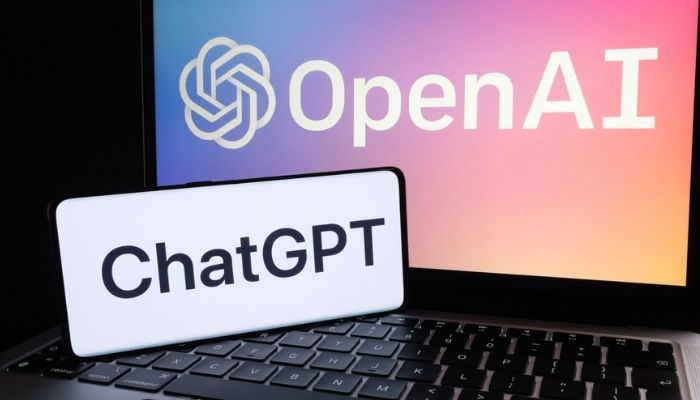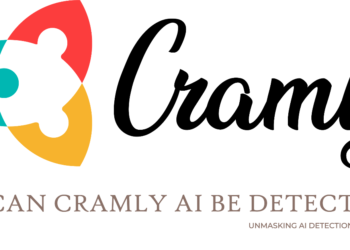Learn about What AI Detection Tools Do Universities Use. From the universities’ perspective, AI detection programs such as Turnitin, GPTZero, and Copyleaks mainly check originality, cheating, and the value of student submissions in maintaining academic integrity.
Introduction
AI detection tools scan text, images, and audio to decide if they have been created with the help of artificial intelligence. These tools rely on machine learning algorithms to find patterns, anticipate AI participation, and evaluate genuineness.
GPTZero, Turnitin AI Detector, and ZeroGPT are widely used AI detection tools that assist teachers, scholars, and organizations confirm original content. These tools are indispensable for avoiding disinformation, promoting academic honesty, and upholding responsible AI practices in various industries.
What AI Detection Tools Do Universities Use?
🔹 Originality.ai
Originallity.ai exists primarily for the detection of AI-generated, plagiarized, or paraphrased text. It primarily serves academic integrity, especially for research papers and essays. Its advanced AI analysis aids universities in sorting human work from non-human-generated efficiently, thus also maintaining academic standards.
🔹 GPTZero
GPTZero has been designed specifically for the detection of AI-written text, targeting outputs from models like ChatGPT. It relies on a statistical framework of perplexity and burstiness and thus helps universities prove students’ originality in submissions. It is simple to use and has high accuracy levels, so, of course, it is a preferred tool among educators and institutions.
🔹 Copyleaks
Copyleaks AI-based and advanced designs for plagiarism detection, providing a rigorous analysis of any given text, making it probably the best tool available to universities. It helps institutions stop academic misconduct by drawing a line between human and AI content. Its ability to scan content in various languages and formats gives it a cutting edge in educational usage.
🔹 Turnitin
Turnitin is also good as an established plagiarism detection tool with the newest AI detection capabilities. Now, the tool takes text originality evaluation to another level with a richer bank of references from which to identify against an even more gigantic database of academic sources. This is what every university counts on to make sure their students submit credible materials, and it will always give them that edge of authenticity.
🔹 Scribbr
Scribbr offers AI-proofreading and plagiarism detection for the benefit of students. This means that any paper that gets a passing mark on the Scribbr platform is guaranteed to serve as an example of high academic standards.
Its AI detector helps find AI-generated content. Hence, it is suitable for University Use. It is also worth its weight in gold for citation and proofreading purposes in the development of academic writing.
🔹 Sapling
Sapling is an AI-powered solution for grammar, plagiarism, and AI content detection. It is utilized by universities to authenticate students’ submissions and confirm originality. Its AI detection feature gives insight into whether a text was generated by a machine, improving academic integrity in academics
🔹 ZeroGPT
ZeroGPT checks the artificial production of texts by analyzing the sentence structure and the writing patterns. It is adopted in different universities to distinguish human assignments from those written by AI-accompanying students to prove the originality of academic submissions. It is thus a much-utilized app for ethically upholding academic standards along with disallowing academic dishonesty by way of AI.

Key impacts of AI detection tools on universities
1. Potential for False Positives
AI detection software occasionally identifies genuine student work as AI-generated, which can result in unjust academic sanctions. False positives can erode student confidence in the system, necessitating universities to have appeals mechanisms and human moderation in place to guarantee fairness while upholding academic integrity in examinations.
2. Increased Student Anxiety
The use of AI detection software can stress students, particularly those concerned with being falsely accused of cheating. This stress could impact their motivation, confidence, and academic achievement, making guidelines and policies on how to support them and provide fairness essential.
3. Ethical Concerns
Universities need to address ethical concerns like privacy, bias, and transparency in their application of AI detection technologies. Such technology might perpetuate existing biases or penalize an unjustified kind of writing style, leading to reliability issues. The use of such technologies should be balanced with fairness and academic integrity by instituting ethical regulations over institutions.
4. Need for Pedagogical Adaptation
AI detection software compels universities to reconsider methods of assessment, which in turn stimulates genuine learning experiences. Universities might have to adopt oral examinations, project-based work, or writing in class to cut down on AI-produced work and stimulate creativity, problem-solving, and more in-depth student participation in the learning process.
Potential Benefits of AI Detection Tools
Deterrent Effect
AI detection tools produce discomfort in the minds of students about the likelihood of getting their submissions detected, and this leads to an increase in academic integrity among them. It pushes students to their creative originality, thereby improving their critical thinking and writing skills, without fail regarding fairness in assessment and coursework submissions at university.
Early Warning System
These tools enable early detection of AI content in the classroom and possible intervention. Early detection of the academic dishonesty point can help shape the guidance that students may receive on the proper uses of research and writing. This early-warning system can help institutions develop their policies to contain the potential misuse of AI while learning and growing students academically.
Important Considerations for Universities
1. Transparency in Policy
Universities have the responsibility to express clearly how tools for AI detection are utilized and their potential limits and flaws. Open policies strengthen trust between lecturers and learners and promote equitable academic assessments while enabling students to know their roles and duties in AI-developed work.
2. Focus on Authentic Assessment
Instead of simply depending on detection software, the assessments should be crafted by universities in a way that stimulates authentic student participation. Methods like oral presentations, project assignments, and writing in class can reduce the misuse of AI while promoting creativity, problem-solving, and richer learning experiences.
3. Educate Faculty on AI
Instructors and administrators need training to recognize AI-based content, detection software, and their moral implications. Educating faculty guarantees equitable decision-making, minimizes excessive dependence on impaired detection, and allows educators to construct pedagogical strategies that foster academic honesty and successful learning.
4. Continuous Evaluation
AI detection tools must be tested regularly for accuracy, fairness, and functionality. Universities have to remain informed about developments in AI technology and adapt their policies accordingly. Regular evaluation enables institutions to maintain a balance between academic integrity and equity so that AI tools assist rather than obstruct learning.
Conclusion
AI detection software has evolved to be an integral component of academic honesty initiatives at universities. As AI-generated materials advance, institutions will keep investing in sophisticated detection platforms such as Turnitin, GPTZero, and Copyleaks.
These resources not only assist educators in upholding fairness in academics but also push students to hone unique writing abilities in a rapidly AI-based world. With evolving technology, universities need to remain alert in refreshing their detection processes to uphold ethical academic standards.






